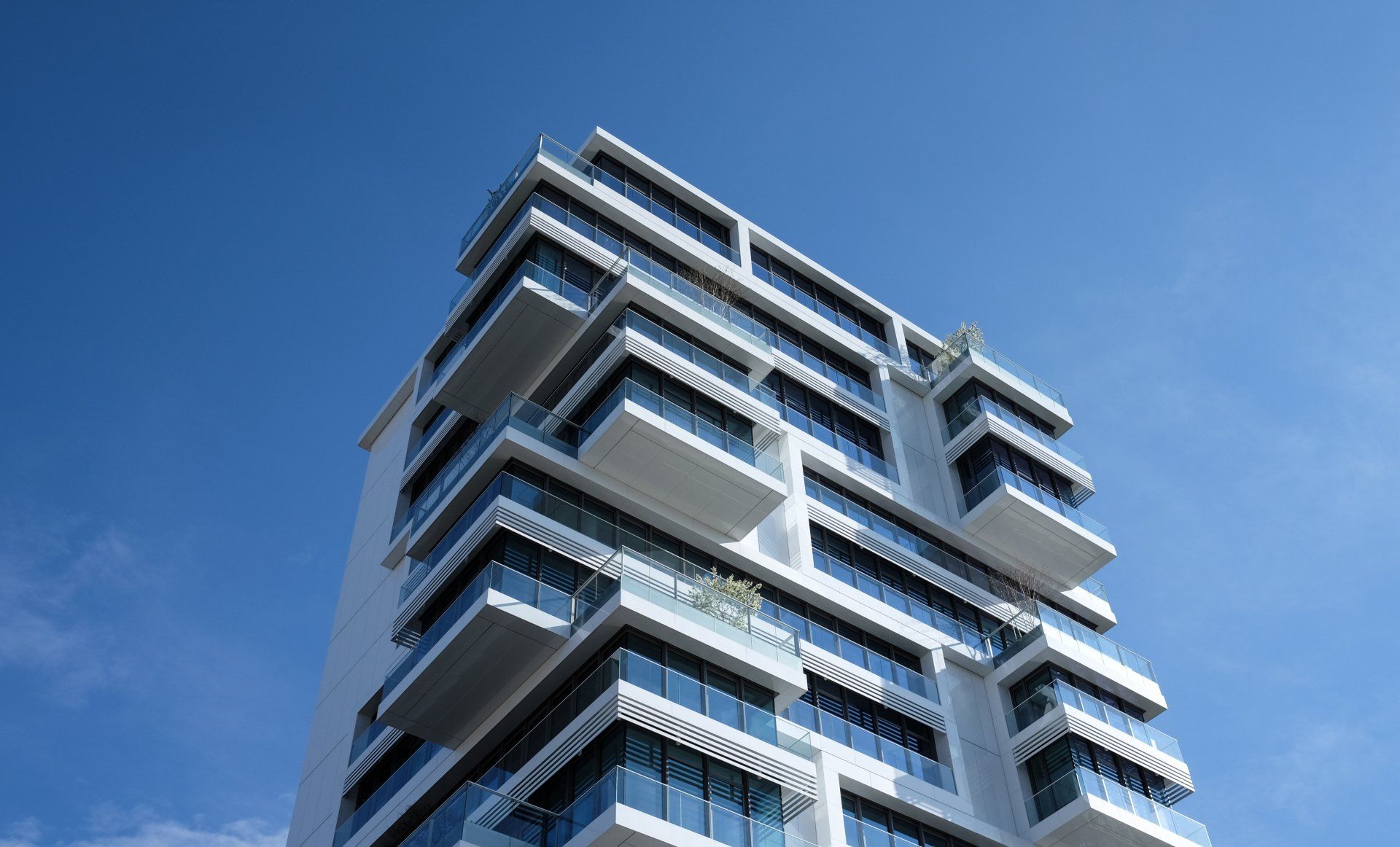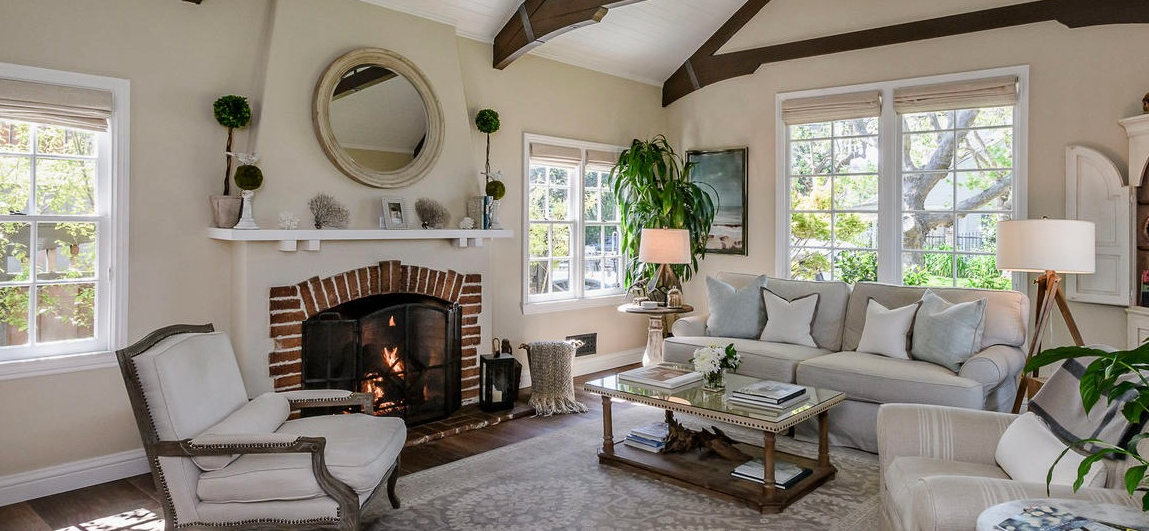Thinking of Downsizing? Let Peggy at Greene & Sievers Real Estate Share Some Insights!
Hey there! Are you at that point in life where you're thinking about downsizing your family home? Well, I'm Peggy from Greene & Sievers Real Estate, and I've been through this myself, so I totally get how exciting and, at times, challenging it can be. Let me share some thoughts on common questions I've come across:
1. How Do You Start the Downsizing Process?
First things first, you need to figure out what you really want. Why do you want to downsize? What are you looking for in a new home? Take a good look at your current place, get rid of stuff you don't need, and be realistic about your budget.
2. Handling Your Belongings During Downsizing
Dealing with your stuff can be a real puzzle. I suggest sorting your things into categories: keep, donate, sell, or toss. Hosting a garage sale is a great idea, or you can give things to local charities or sell them online. And for those sentimental items, maybe take some photos to keep the memories without the clutter.
3. Finding Your Dream Downsized Home
Finding the perfect smaller home takes some planning. That's where I come in! As a real estate agent who's been through this process, I can help you find homes that match your goals and budget. Make a list of what you must have in your new place, and be open to exploring different neighborhoods and housing options.
4. Challenges You Might Encounter
Downsizing can be an emotional rollercoaster, trust me. Letting go of cherished possessions and adapting to a smaller space can be tough. But remember, it's also a chance for personal growth and simplifying your life.
5. The Role of a Real Estate Agent
A good real estate agent is like a secret weapon in your downsizing journey. We can help you find suitable properties, work out deals, and make the whole selling and buying process a lot smoother. Plus, our local knowledge is a game-changer.
6. Staying Positive Throughout the Process
Keeping a positive mindset is essential. Focus on the good stuff, like less stress, lower expenses, and more free time. Lean on your friends and family for support, and think about all the new adventures your downsized life will bring.
7. Tax Stuff You Should Know
Oh, and here's something important – taxes! Downsizing can have tax implications, so it's smart to chat with a tax advisor or financial expert. They can help you understand how selling your current place and buying a smaller one might affect your taxes. You might even get some cool tax benefits.
Conclusion
If you have more questions or need some one-on-one guidance while you're downsizing, don't hesitate to reach out. I'm Peggy, and I'm here to help you every step of the way. Whether it's answering your questions or finding the perfect home for your new chapter, Greene & Sievers Real Estate has your back. Let's make your transition as smooth as a hot knife through butter!












